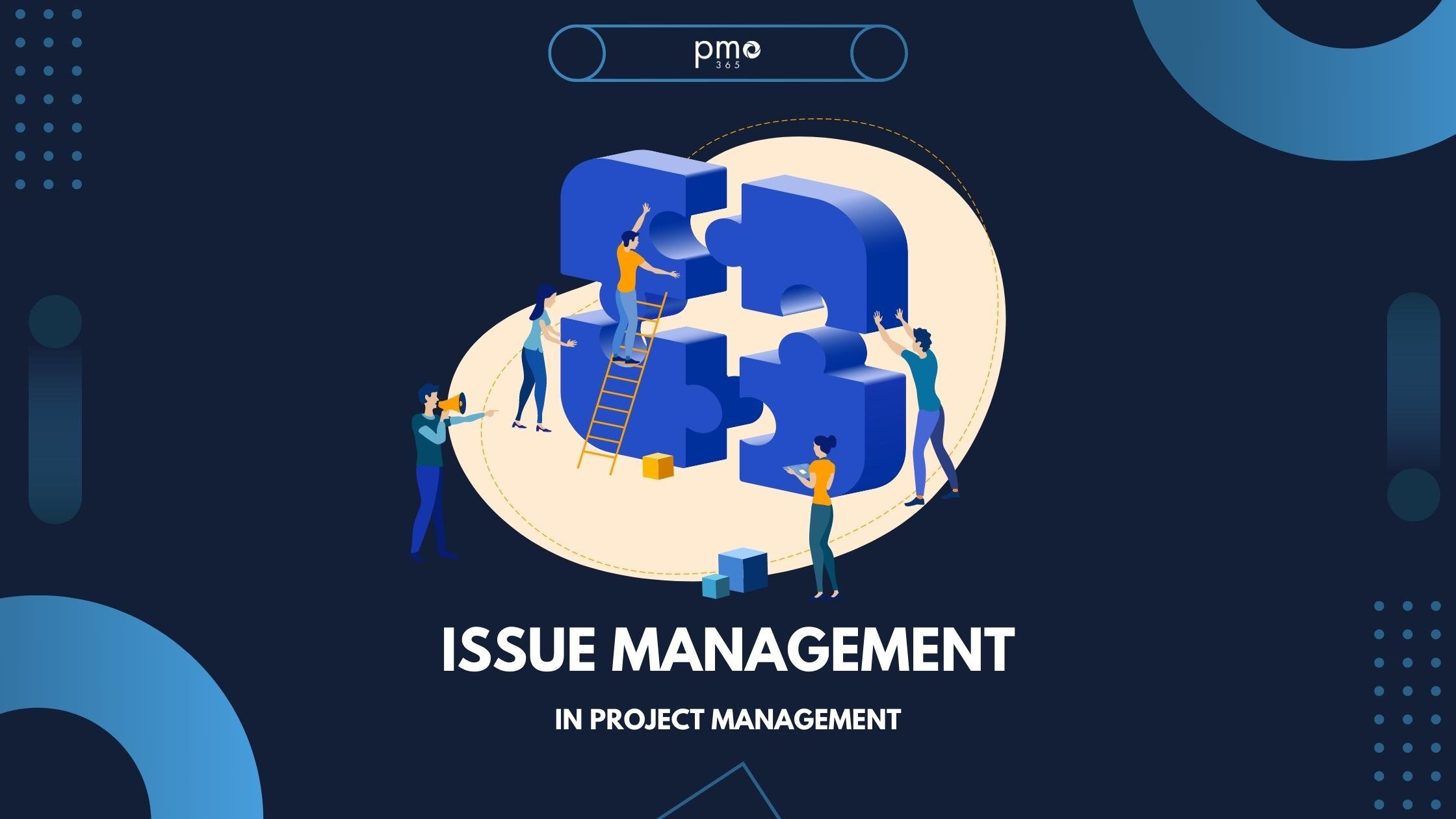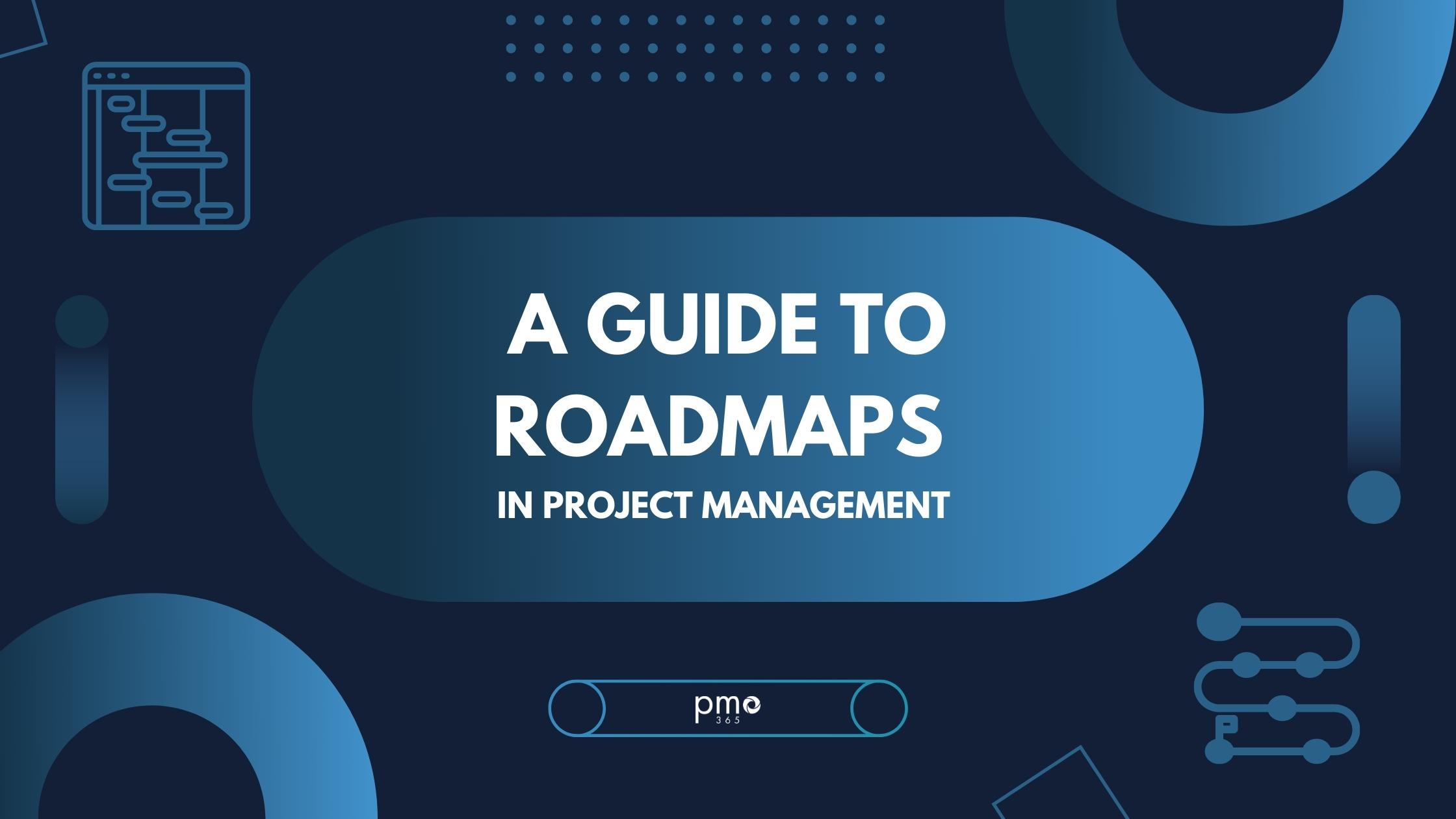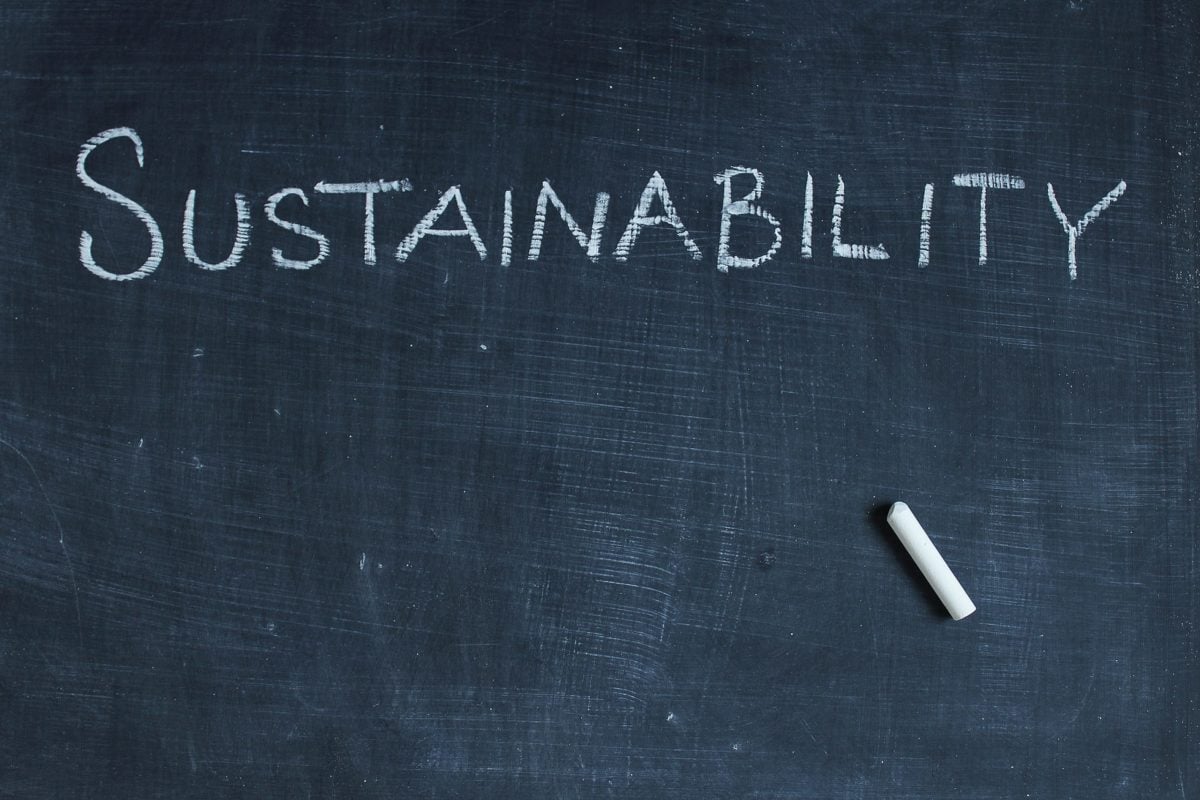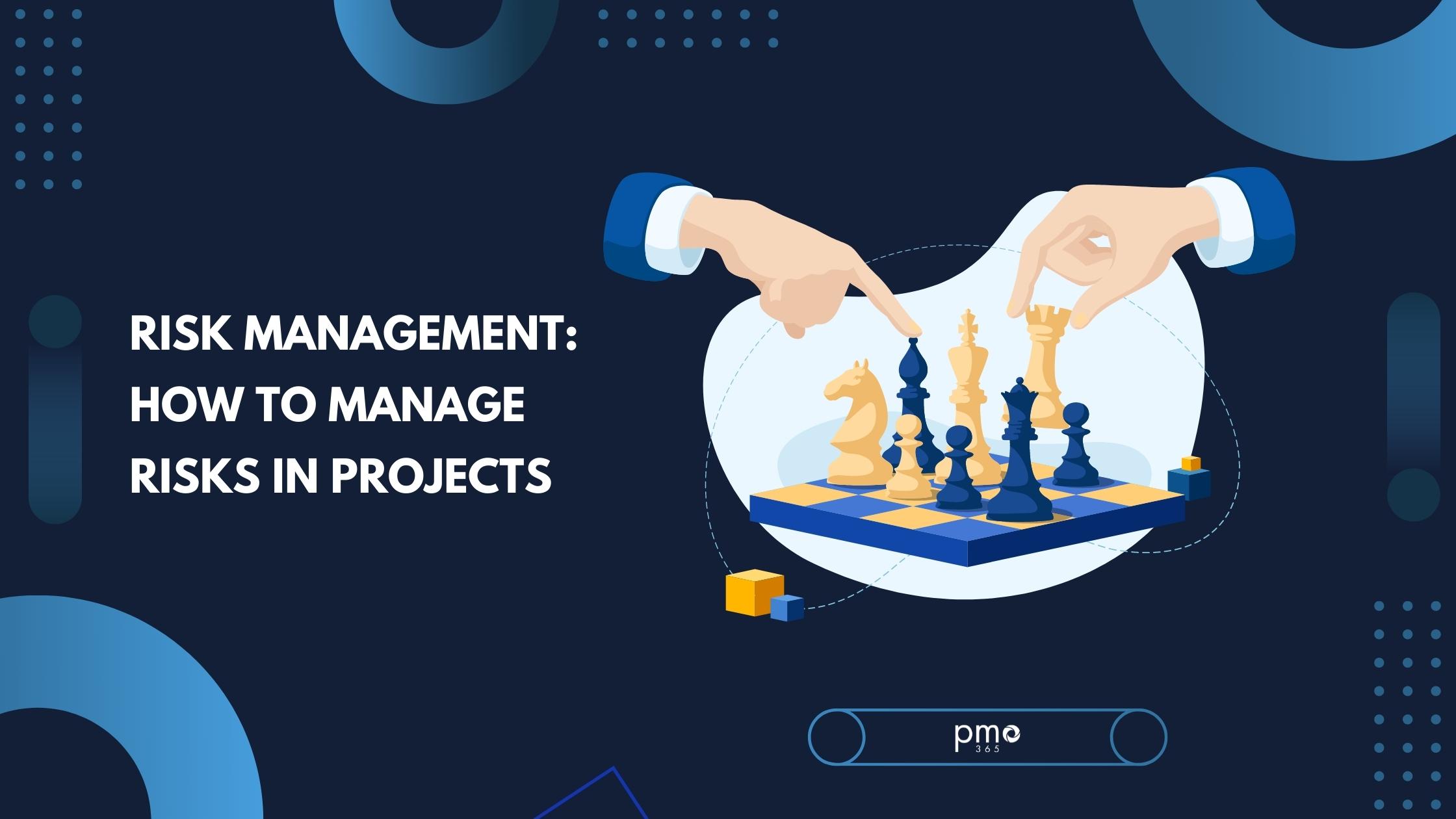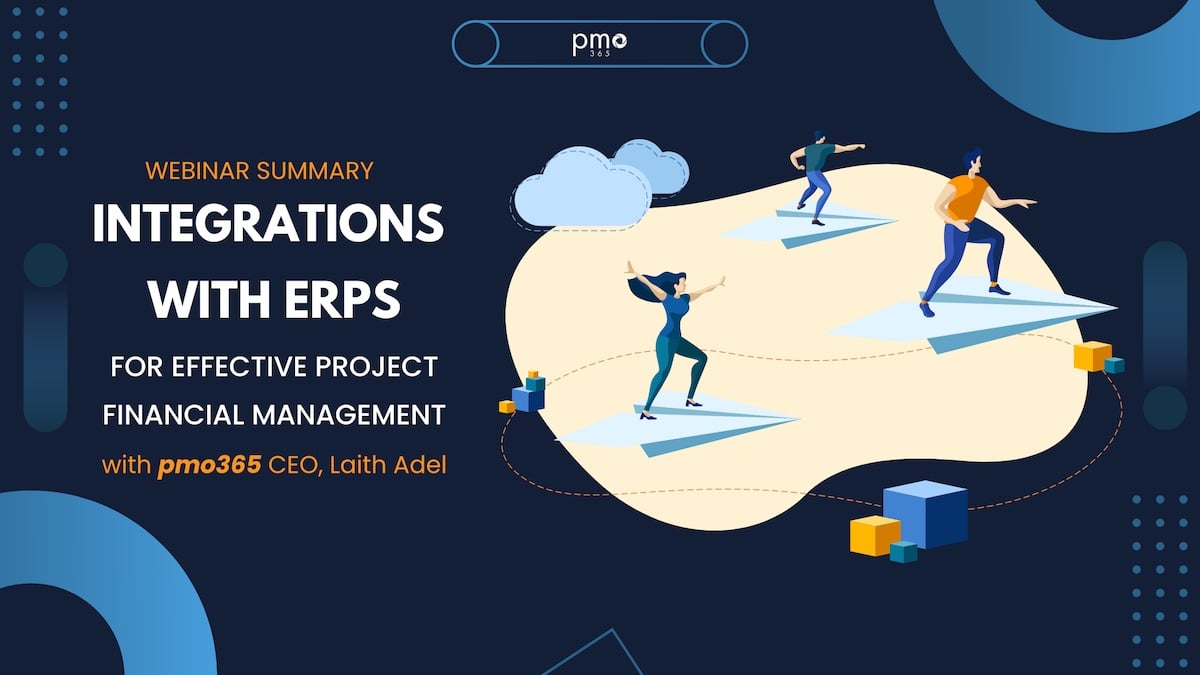Has the sustainability movement driven a shift to green project management? Sustainability and the need to address climate change has become one of the most critical agendas for governments and businesses around the world. The pandemic has only fast-tracked this agenda, with a recent survey showing that 70% of people have become more aware of the impact of human activity on climate after the COVID-19 outbreak.
As a result, the demand for more sustainable production practices is increasing globally. But how will that translate to the project management space? In this blog, we explore the ten ways sustainability is impacting on project management processes and approaches.
1. Green project management and scope
Sustainability will significantly alter the sheer scope and scale of projects. In practice, it will push project managers to expand both temporal and spatial boundaries of each project’s context. With sustainability goals in mind, projects must now consider both the longer-term and short-term impacts, as well as the local and global contexts they operate within.
Van den Brink illustrates this expanding spatial and temporal scope in the diagram shown below.

2. Wider stakeholder involvement
With the broader social and environmental considerations involved in sustainability, the number of project stakeholders will expand. They will include the likes of environmental organisations, human rights groups, and other NGOs. Being able to manage, collaborate and communicate with this expanded group of stakeholders will be one of the biggest challenges for project managers in future.
Green project management has participation at its core. It goes beyond simply engaging stakeholders in passive decision-making processes. It makes them proactive agents throughout all project processes. From the definition of requirements to project scheduling, and right through to risk assessment and project reporting, stakeholders play a much more significant role.
3. Expanded project specification and criteria
Projects must address specific objectives and requirements to meet the definition of sustainability. Once, project outputs would be heavily dependent on the requirements and specifications outlined by the client or end user. Now, outputs, content, and quality criteria are based on a more holistic view of project impacts. Each plan must actively consider the social, economic, environmental, and temporal impacts of project activities when forming specifications and criteria.
4. Enhanced business case and project selection
In line with the Triple Bottom Line (TBL) philosophy, project justifications, costs and the overall business case will include not only financial justifications but broader social and environmental factors. Future project selection and investment evaluations will have a multi-criteria approach that considers the quantitative and qualitative benefits of projects.
5. Success in Green Project Management Terms
We no longer measure project success by just profit and loss statistics. The perception and definition of profit and loss incorporates impacts on people, the planet, and profit. This is the basis of the Triple Bottom Line (or 3P approach). In green project management, we measure success by all the impacts of the entire project life cycle’s activities.
6. Matured schedule management
By focusing on sustainability, organisations place greater importance on the pursuit of efficiency in project processes. By cutting down waste, reducing delivery costs, allocating resources more effectively, and reusing resources where possible, overall waste is minimised. Further, scheduling and project sequencing takes on another level of complexity and importance, particularly in the construction management sphere. Research shows that as much as 30% of all delivered building materials ends up going to waste.
7. Different project inputs, materials and procurement management
Sustainability will impact the type of materials, inputs, and suppliers are used in projects. Materials that are environmentally detrimental, like hazardous and polluting substances, must be avoided or significantly mitigated. In addition, the selection of materials and inputs is not limited to the project’s lifecycle alone. The durability, reusability, and recyclability of project deliverables at the decommissioning stage is critical.
Selection of suppliers will also have to consider environmental and social performance. Suppliers with shady ethics and a lack of transparency will be subject to much closer scrutiny.
8. More comprehensive risk management
Traditional project risks frame their consequences within the ‘iron triangle’ of project management: time, scope and cost. With a sustainable focus, project risk identification expands to consider environmental and social risks throughout the entire project life cycle.
New risk identification factors also mean a shift in risk management and evaluation. Project risks are considered from a much wider definition. What constitutes a stakeholder will be significantly broader than project sponsors and clients alone. Risk management will evolve to have a broader reach and a more comprehensive description.
9. More transparent communication and reporting
Traditional project communication often has its emphasis on providing only the information that is needed. However, for transparency and accountability, project management communications must become more open and frequent. This faciliates proactive participation and project-wide consistency. Project managers will need to be constantly communicating with stakeholders about social and environmental factors on an ongoing basis, rather than simply on a need-to-know basis.
Reporting is also being held to a new standard. One that includes sustainability factors and meets expectations of transparency and accountability within the broader organisation. In a time where greenwashing is viewed negatively by consumers, failing to consult and regularly report to relevant stakeholders can become very costly to businesses.
Overall, project communications and reporting need to incorporate sustainability measures and organisations must be willing and prepared to consider broader community interests.
10. Broader organisational learning
Organisations build up their corporate knowledge base by storing historical information and lessons learned throughout their projects. In green project management, the emphasis of organisational learning will include approaches to minimise waste and facilitate stakeholder engagement. As sustainability standards become more widely adopted, establishing ways to incorporate those standards across all projects will be critical.
The Future of Green Project Management
Projects are the means by which change and innovation become a reality. To reach a sustainable future, we need sustainable project management. That means crafting project management frameworks that have sustainability at their core. Be sure to read our Complete Guide to Sustainability in Project Management and evaluate pmo365‘s integrated project portfolio management solution for maximum visibility and efficiency across all your projects.



